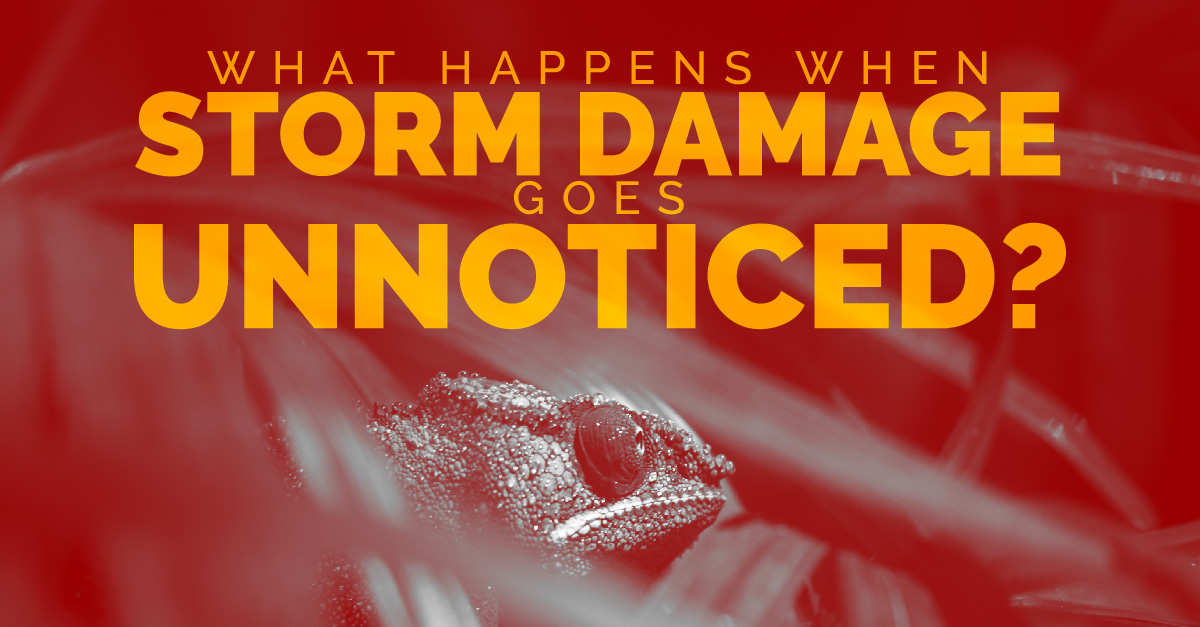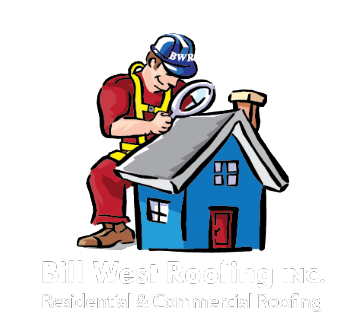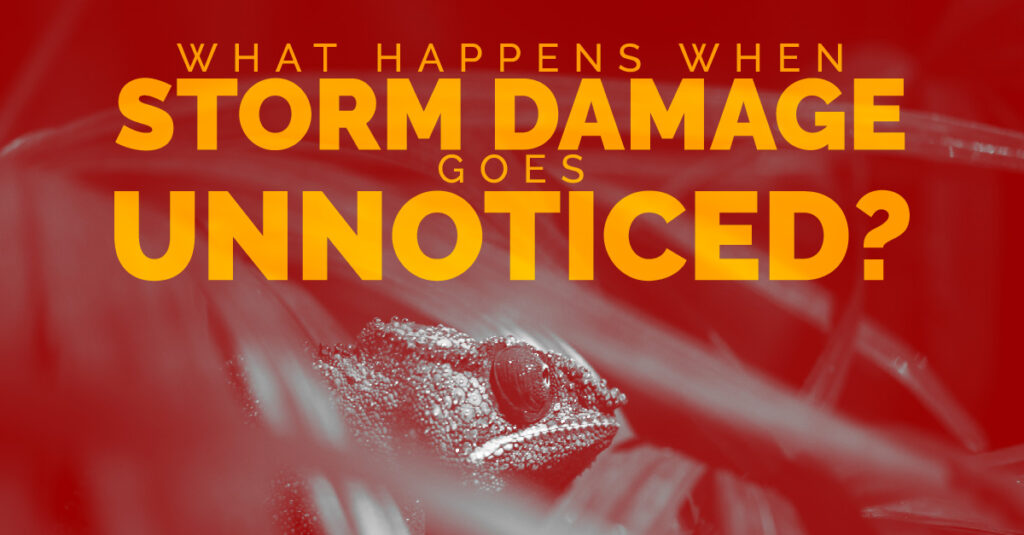
After a storm, you might mistakenly think that the roof on your commercial property only needs an in-depth inspection if it sustains substantial damage, like punctures from fallen tree limbs, a torn, billowing membrane, or extensive water leaks into the interior.
However, the heavy rains, high winds and other weather extremes that accompany a storm can cause or worsen slow roof leaks that go unnoticed until significant property damage has occurred.
To identify less obvious issues, it’s vital to have your property’s roof professionally inspected after any major weather event so you can prevent problems like:
Hidden Interior Harm
Rain infiltration through existing minor roof defects like bent or missing perimeter flashing, seam separations or cracked seals around penetrations can result in insidious water leaks into the interior. If they’re not found and addressed, such leaks can stain walls and ceilings, rust HVAC and electrical system components, and ruin building contents like inventory, equipment or tenants’ belongings.
Decking Deterioration
Wind-driven debris or hail can damage the roof membrane and create small tears and punctures where water can enter. Drainage system or slope deficiencies can also cause ponding after a storm, allowing for membrane deterioration that leads to slow leaks. Unnoticed water seepage through the membrane can corrode or decay the decking and eventually compromise the roof’s structural integrity, putting it at greater risk of a collapse under a normal winter snow load.
Ruined Insulation
The insulation installed under the roof membrane can become compressed from the added weight from standing water after a storm. Rain that seeps in through various membrane flaws can also saturate the insulation. Compressed, wet insulation loses its R-value, and as it becomes less effective at limiting heat gains and losses, your heating and cooling costs will rise. Depending on the extent of the water damage, it may be necessary to replace both the insulation and roof membrane to restore the thermal efficiency of the building.
Mold Growth
When moisture enters a building undetected through a storm-damaged roof, mold can flourish in hidden areas. According to warnings from the National Institute for Occupational Safety and Health (NIOSH), exposure to mold can have serious health repercussions. Fixing any roof damage promptly can help prevent mold growth, but once it’s established, the building may need costly specialized remediation.
To schedule a detailed, post-storm roof inspection for your Kansas City commercial property, contact us today at Bill West Roofing.



